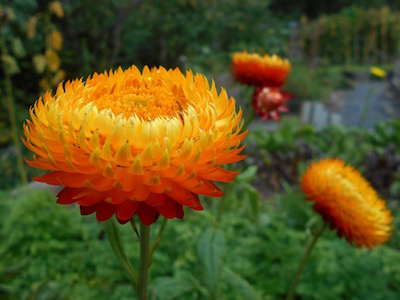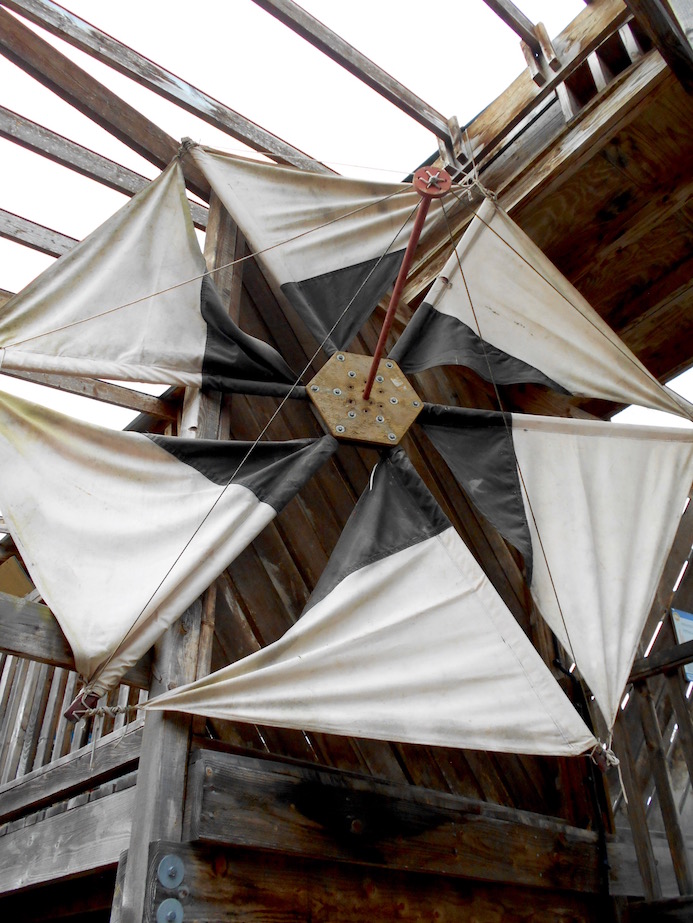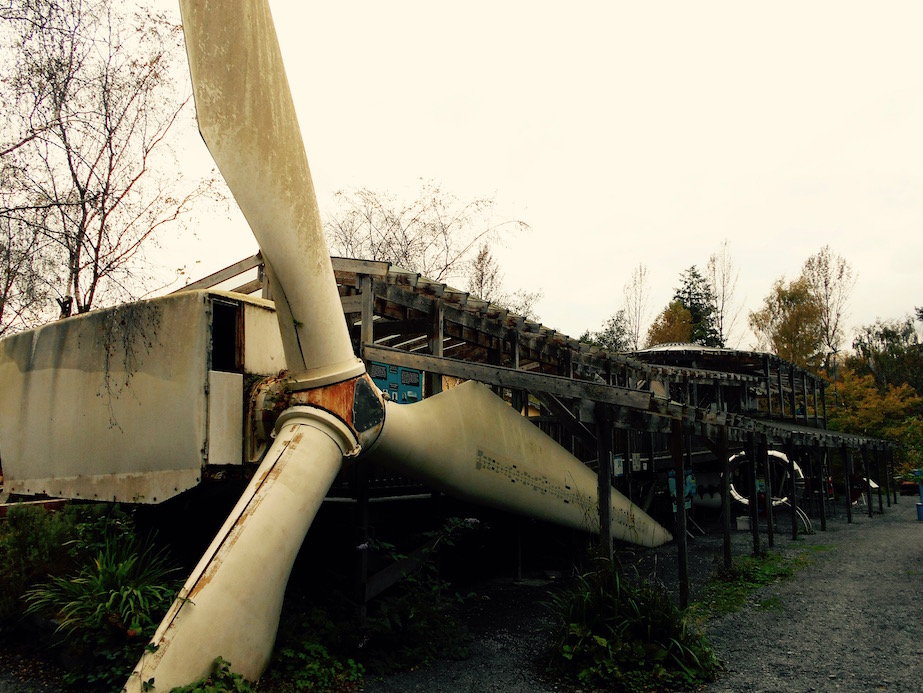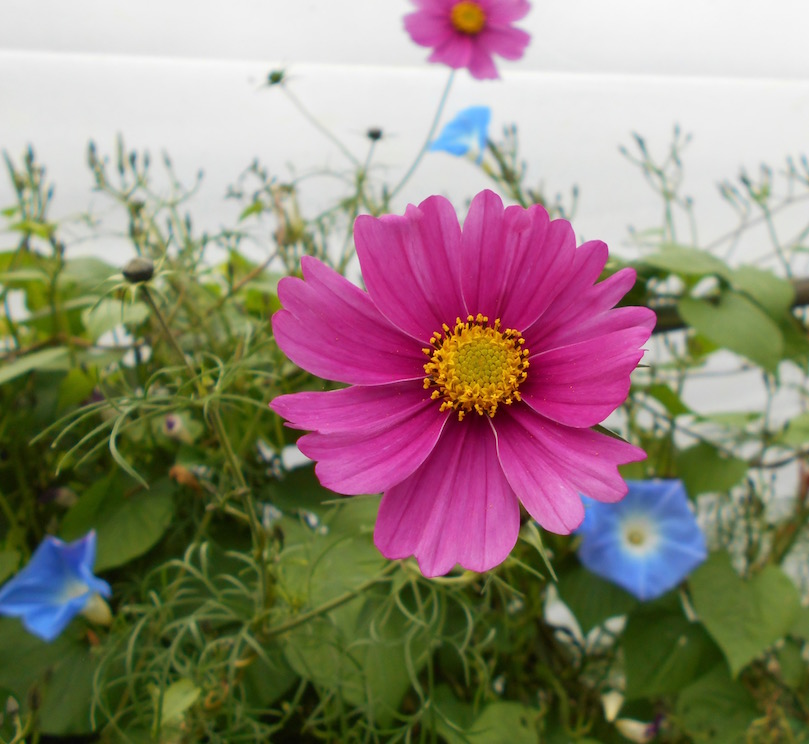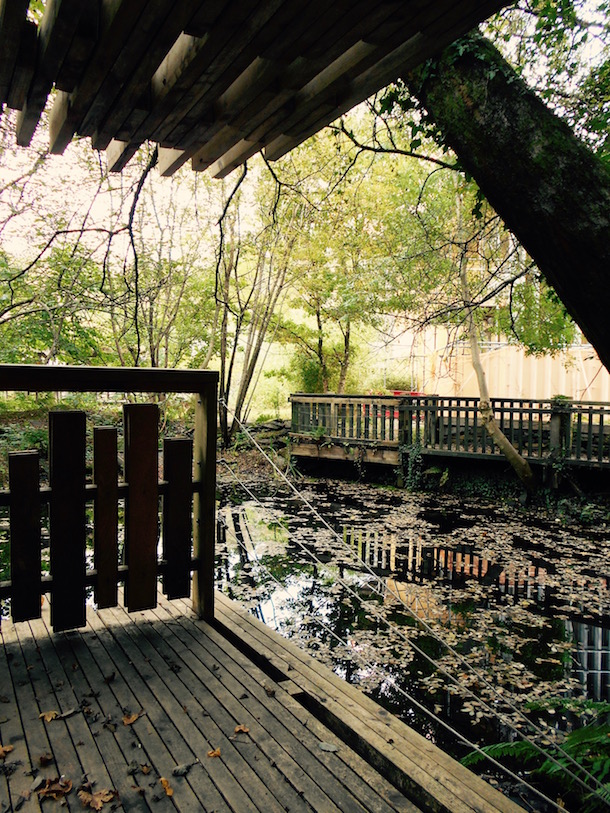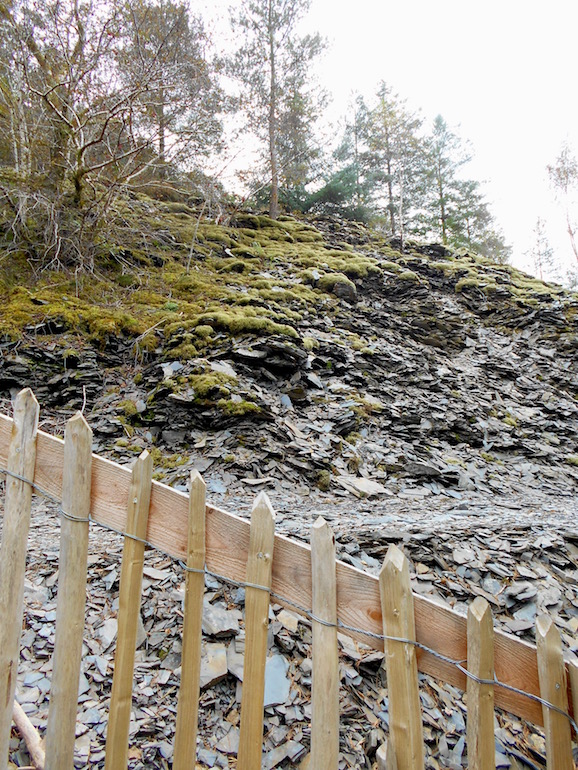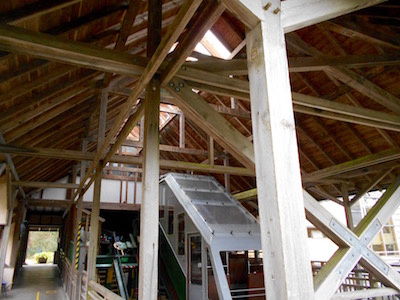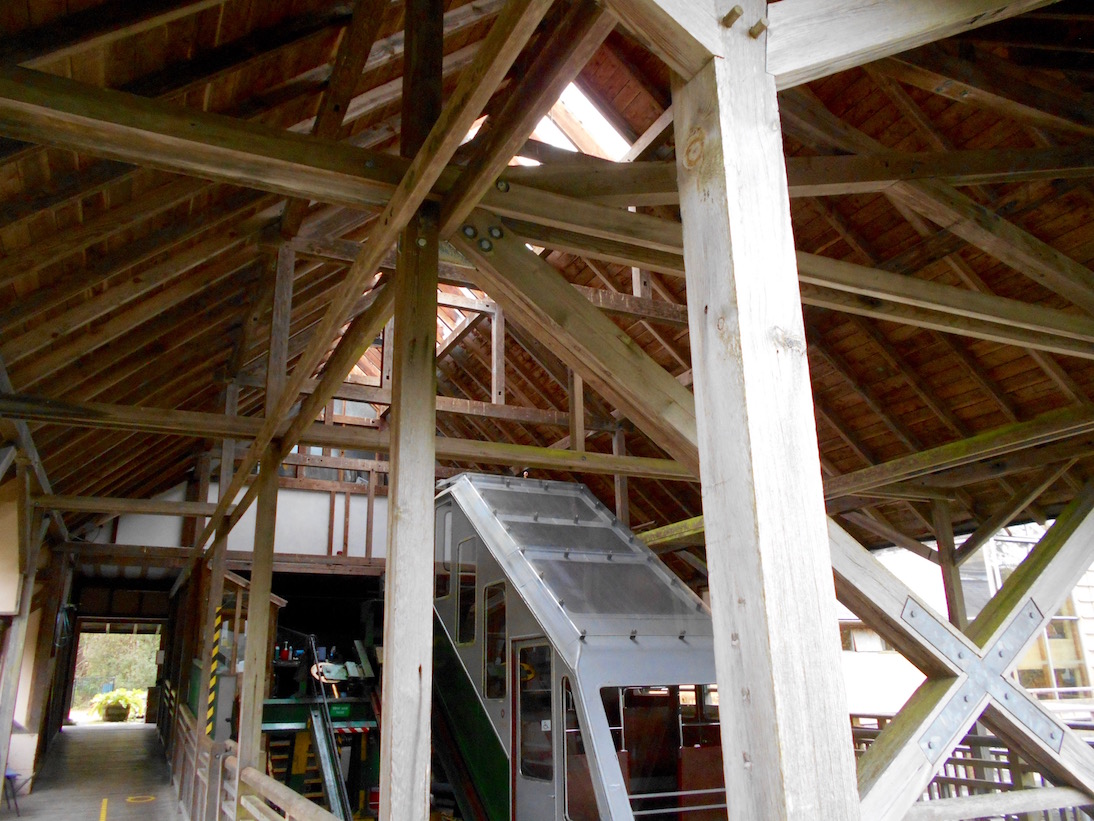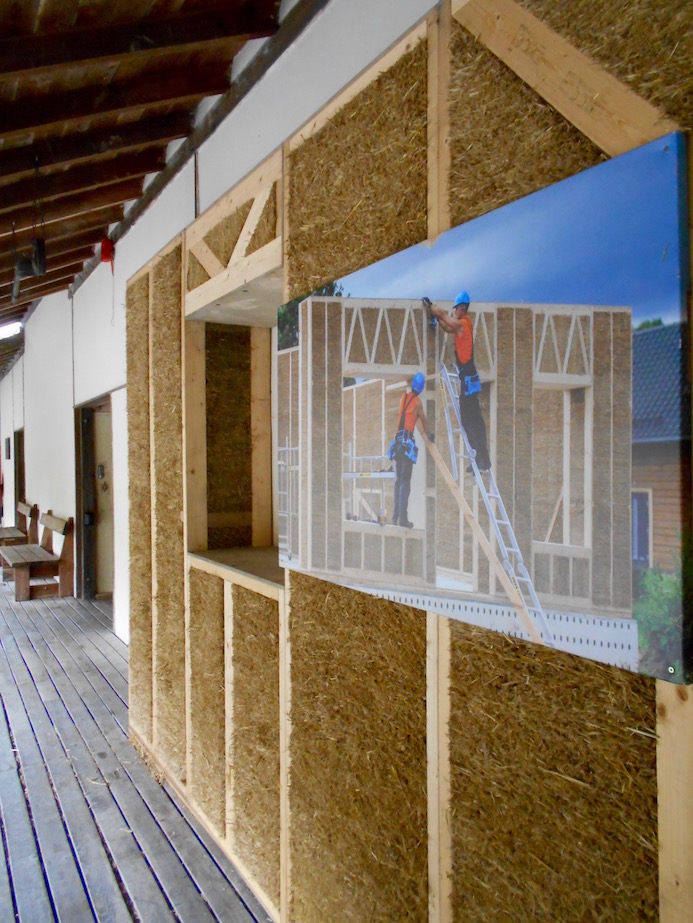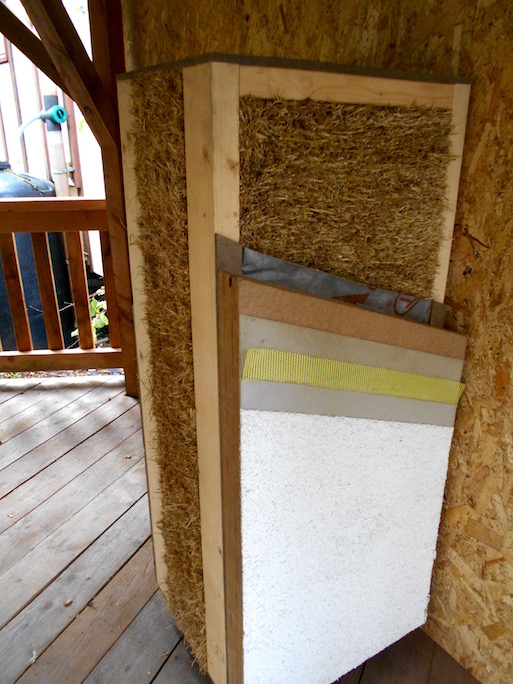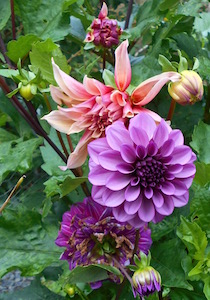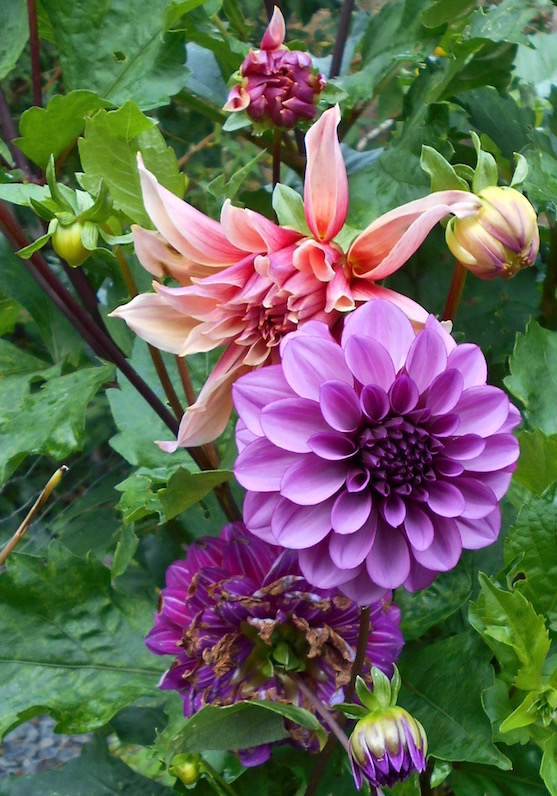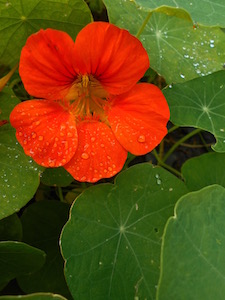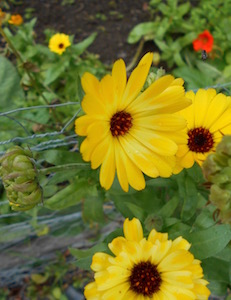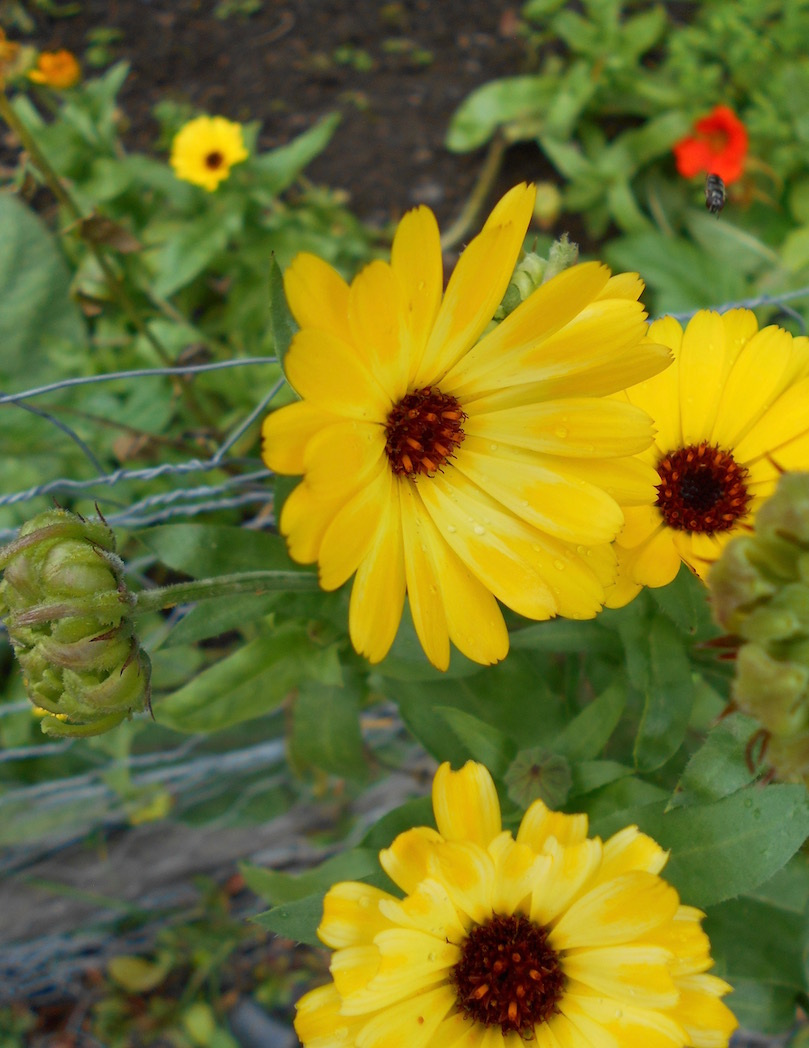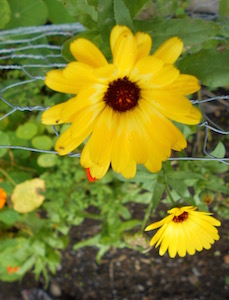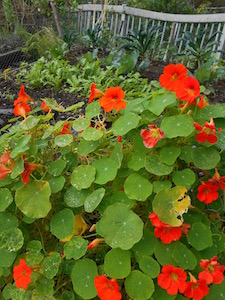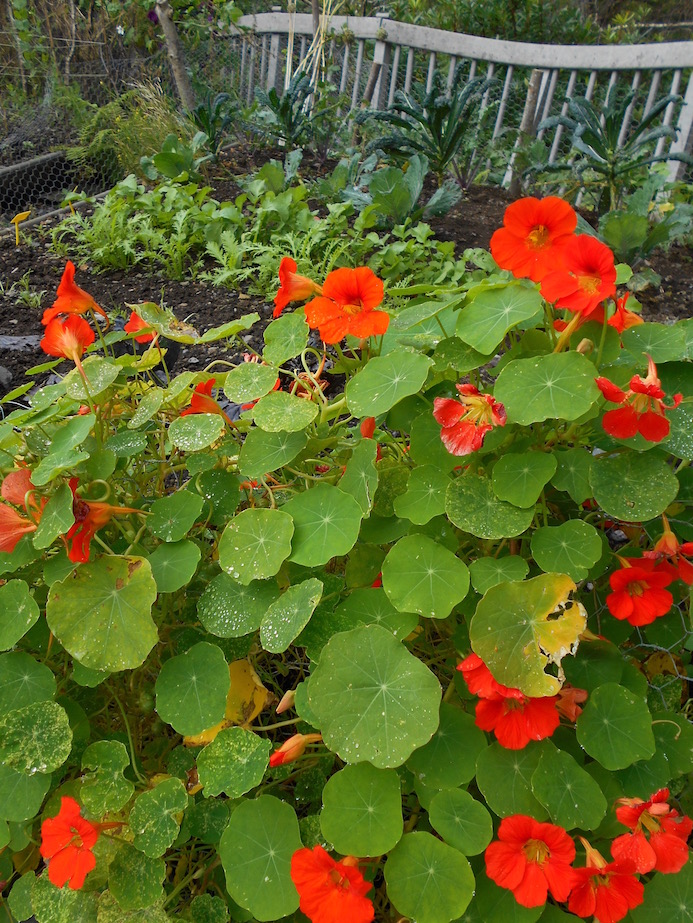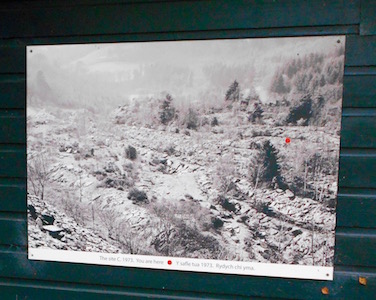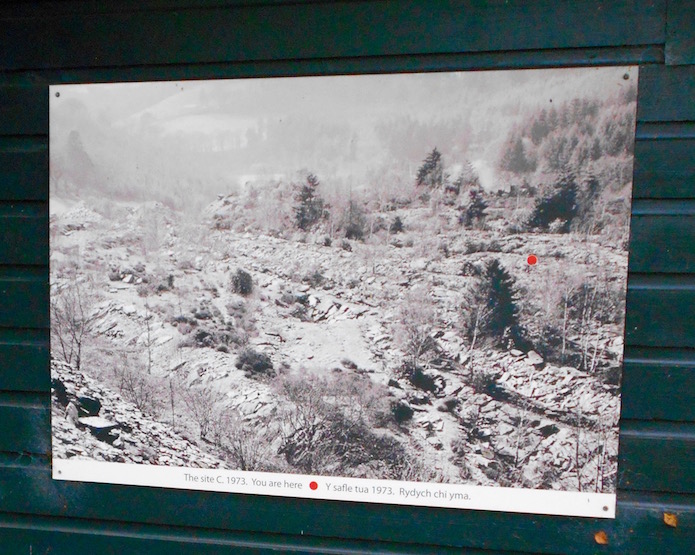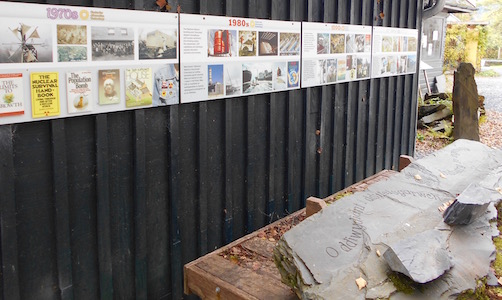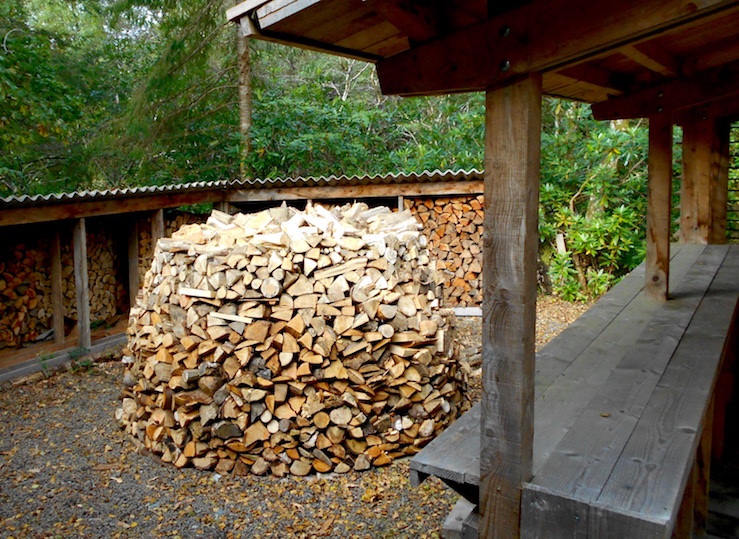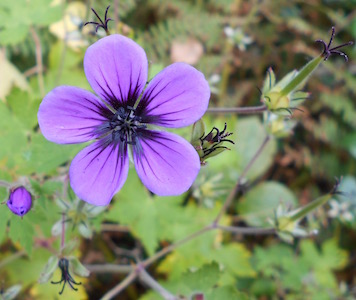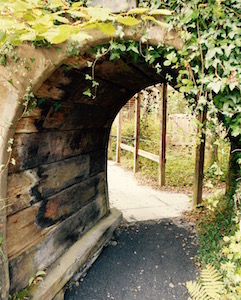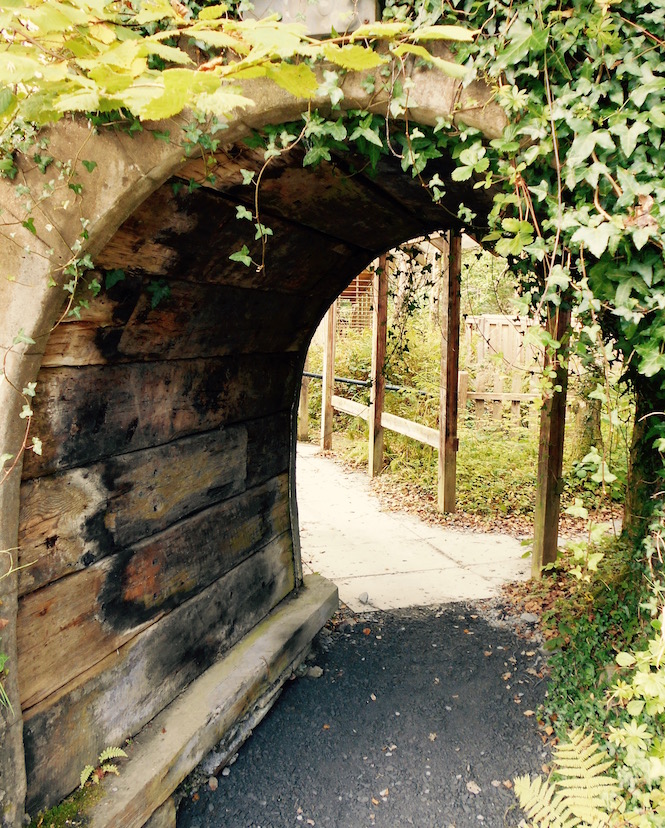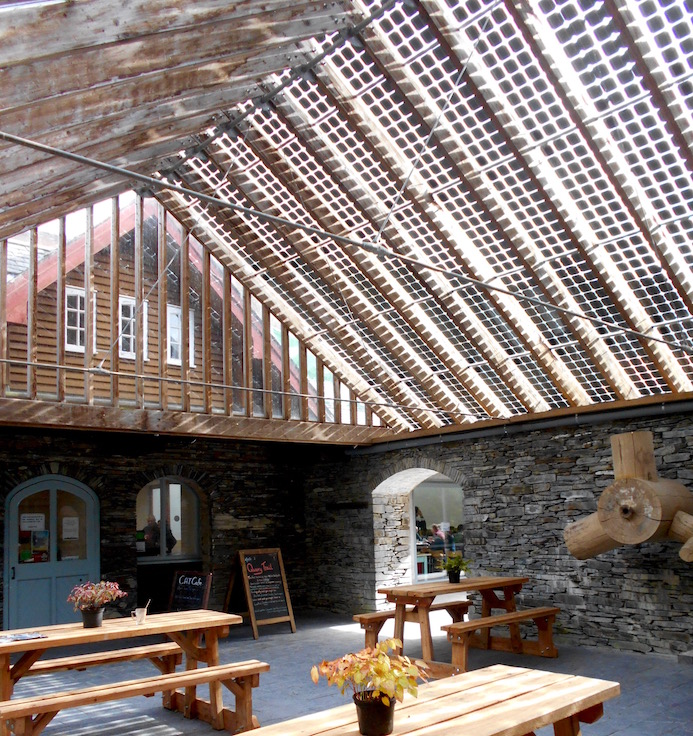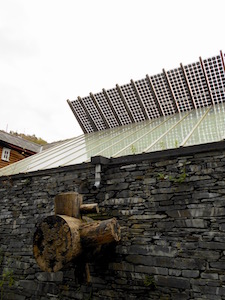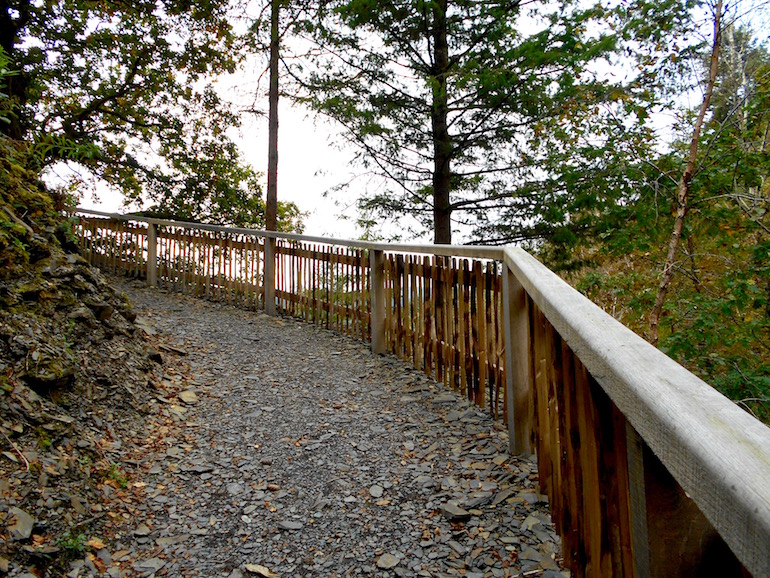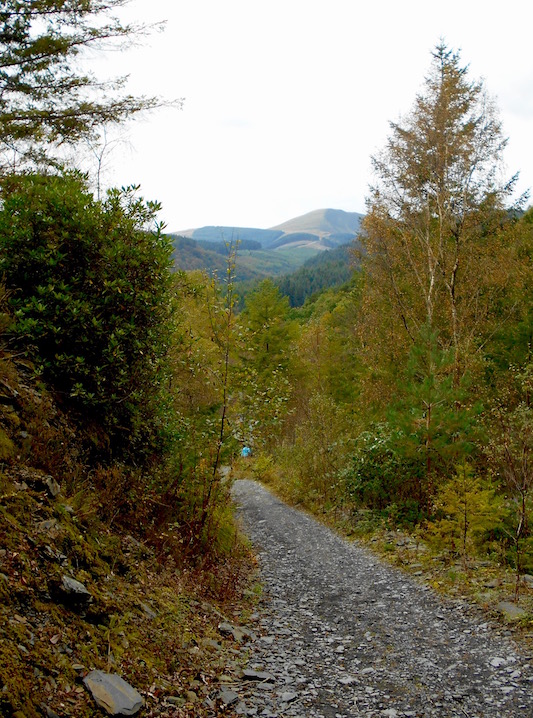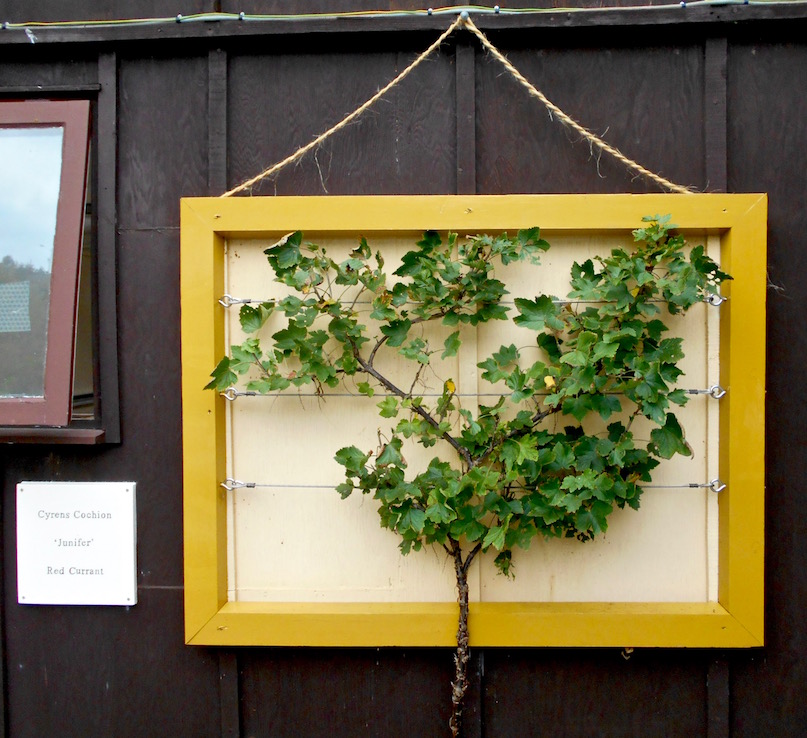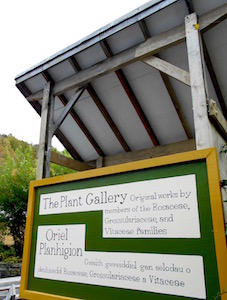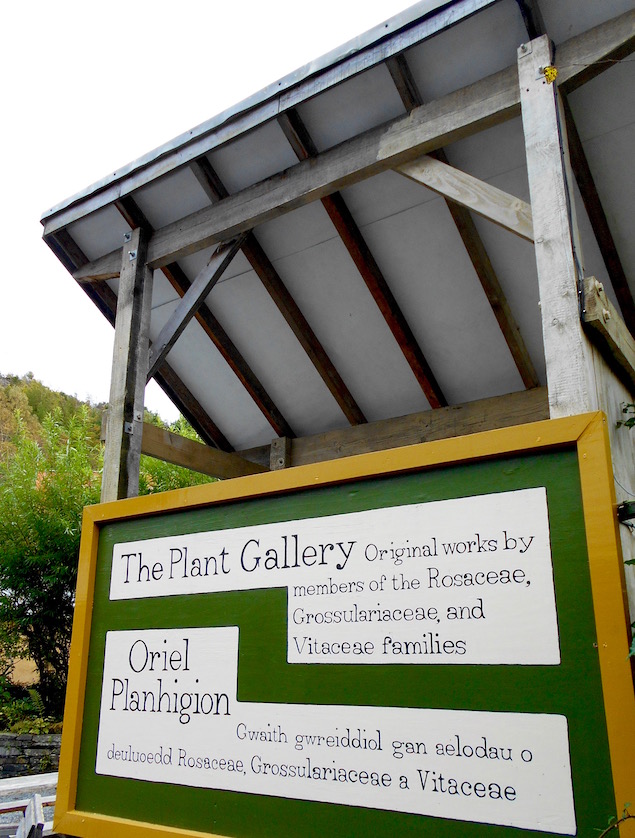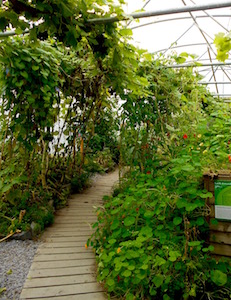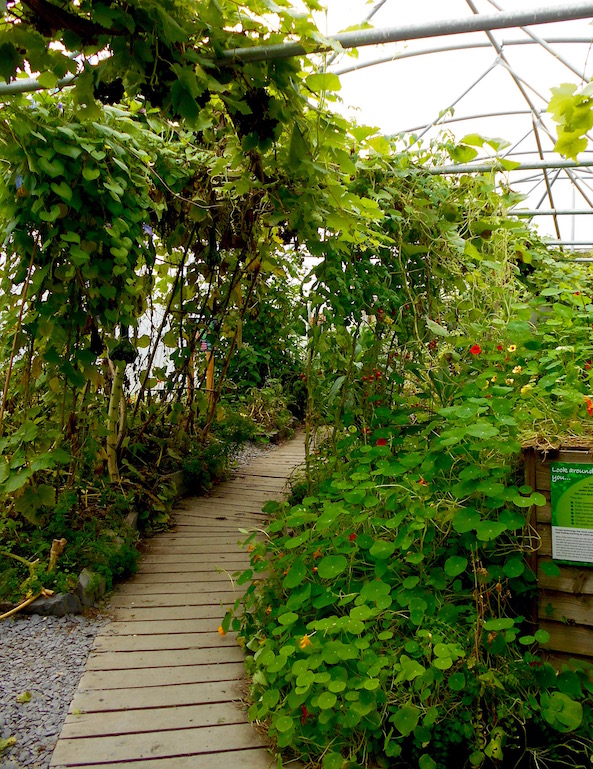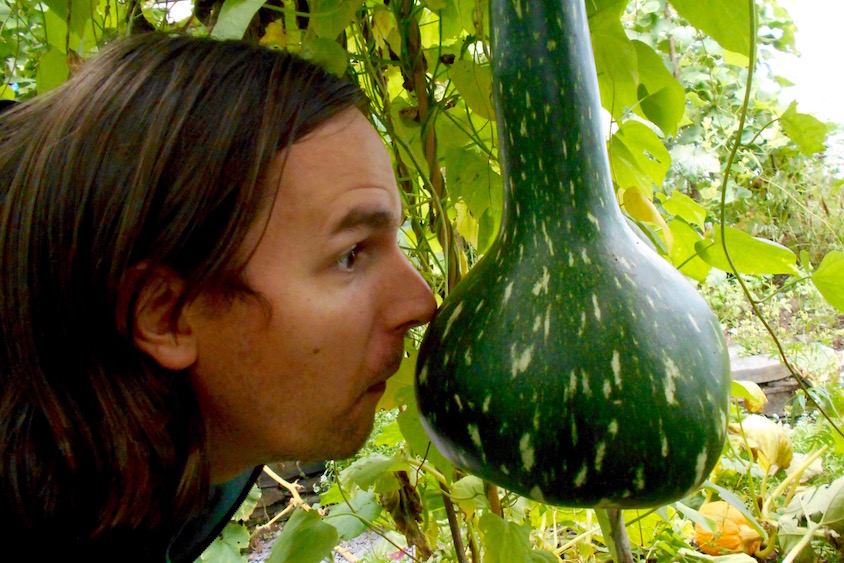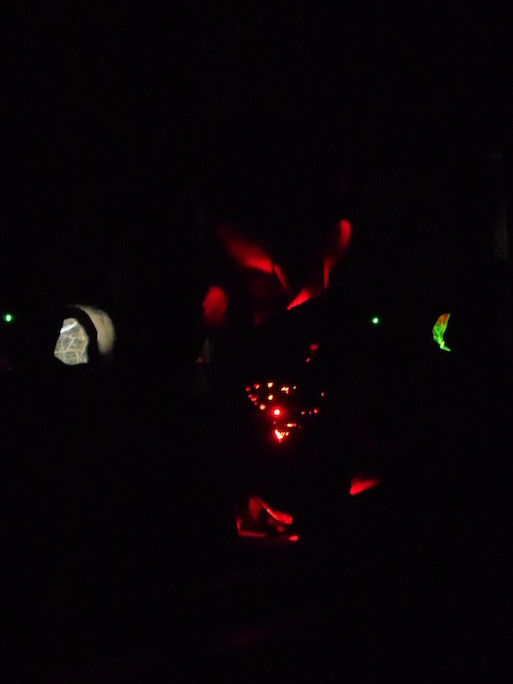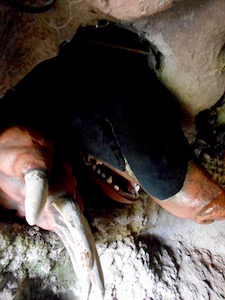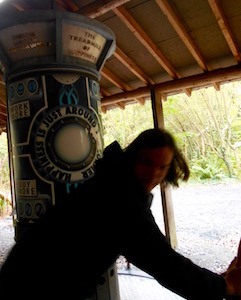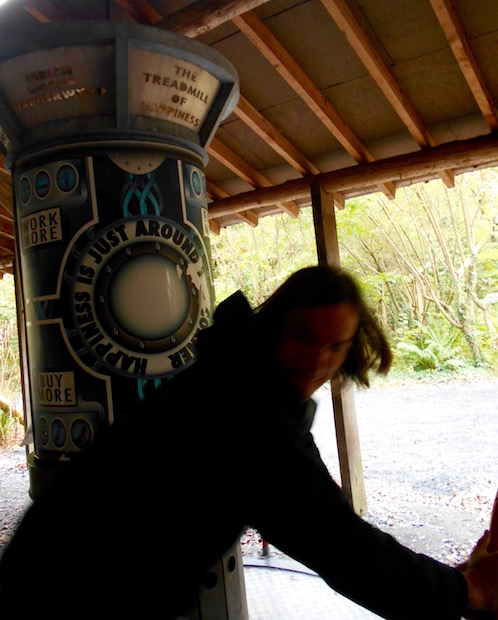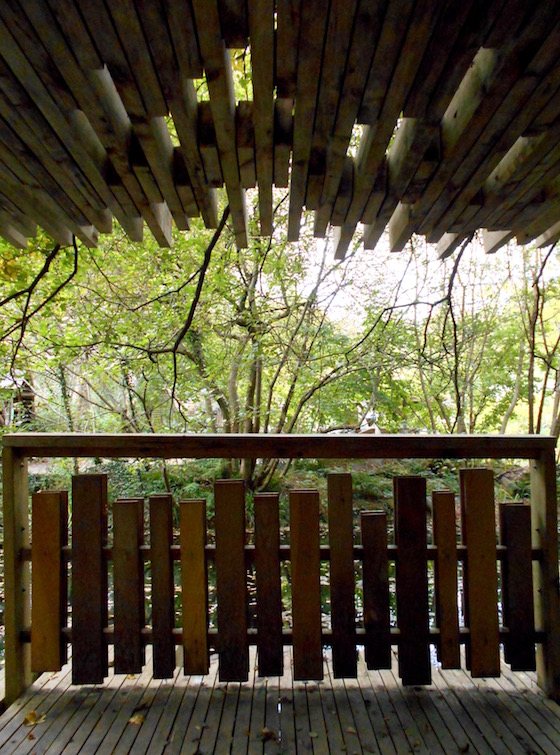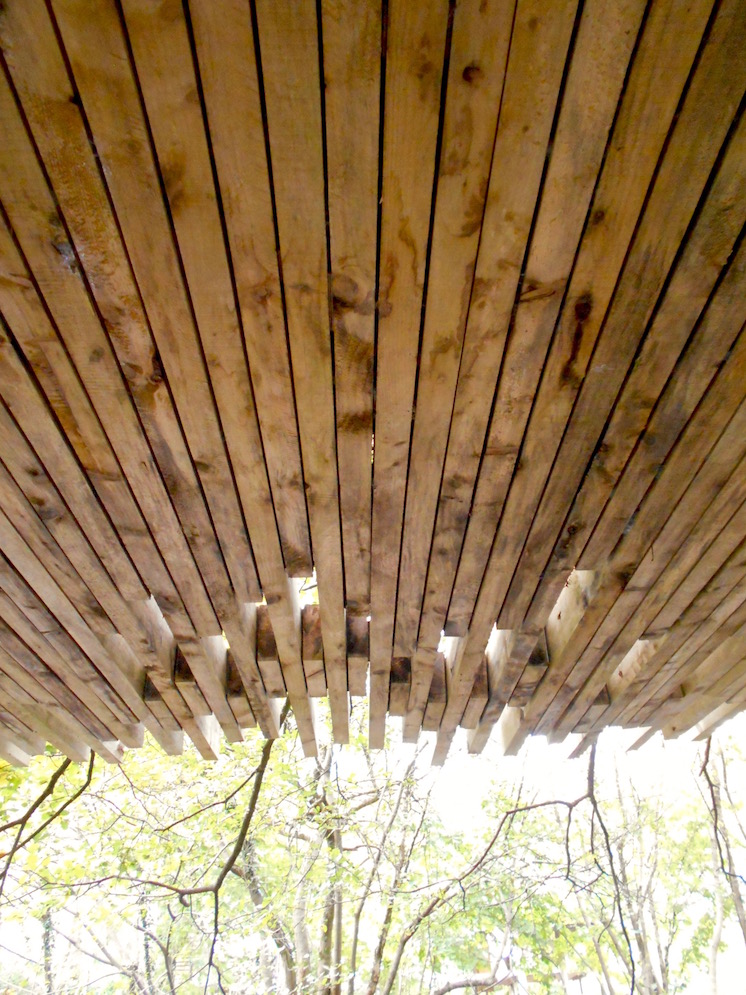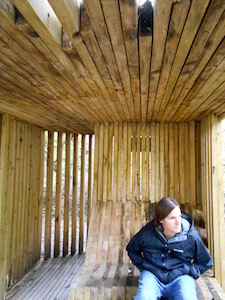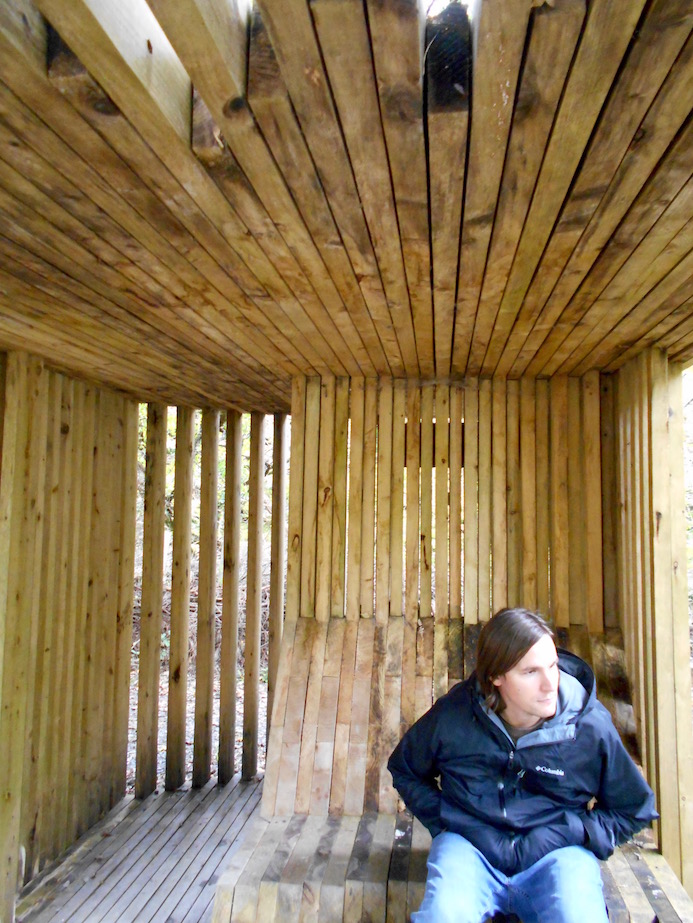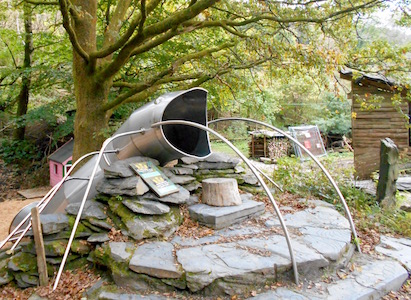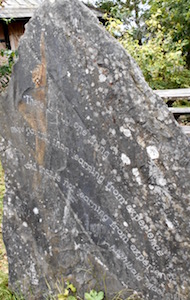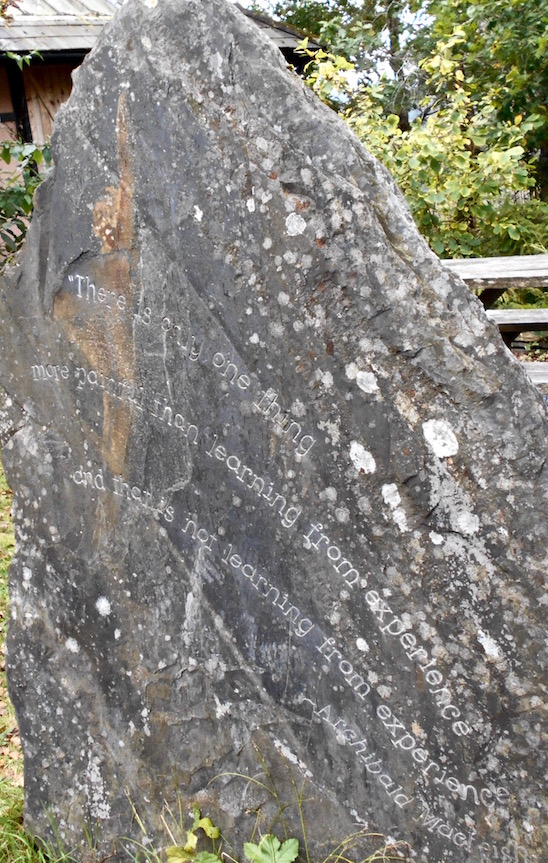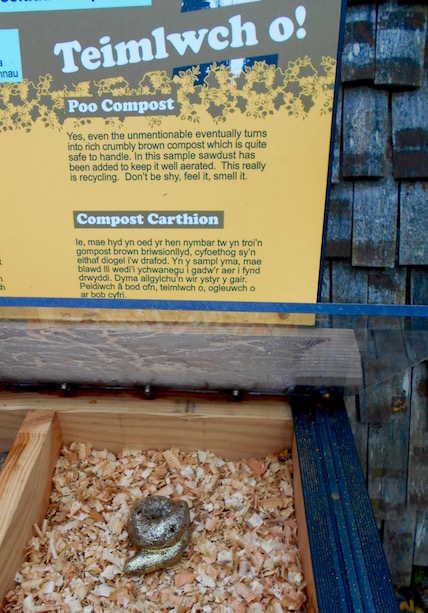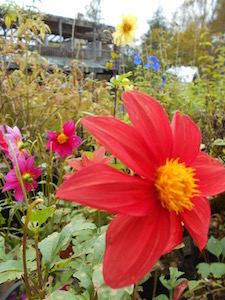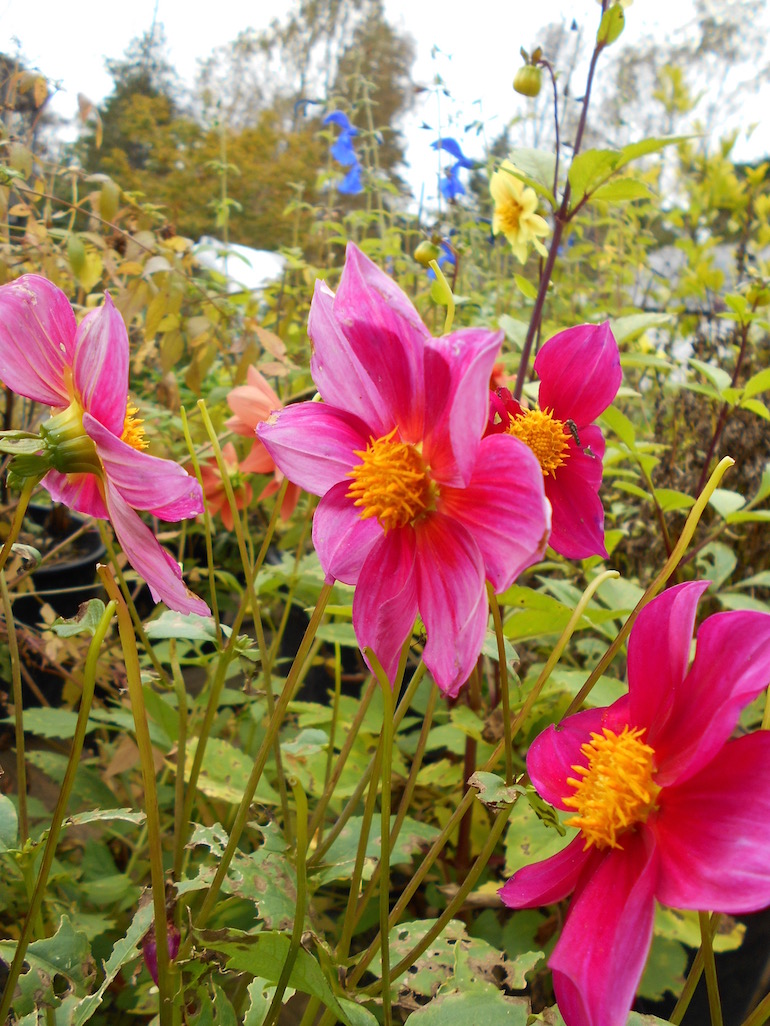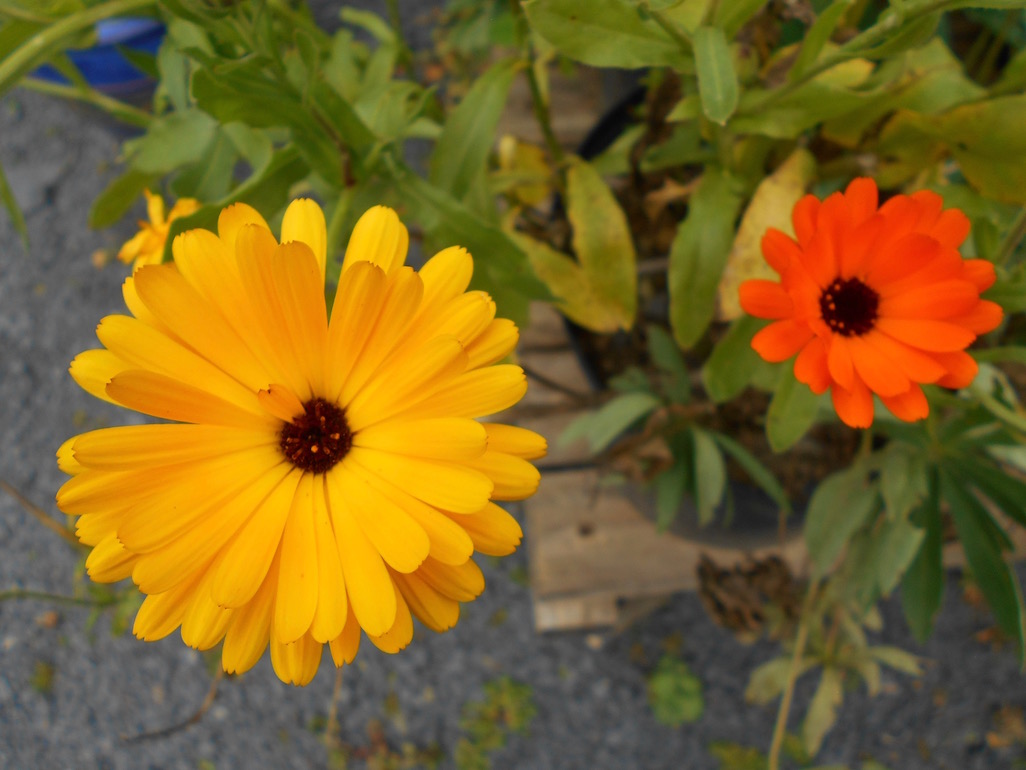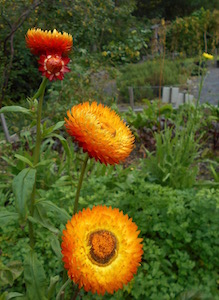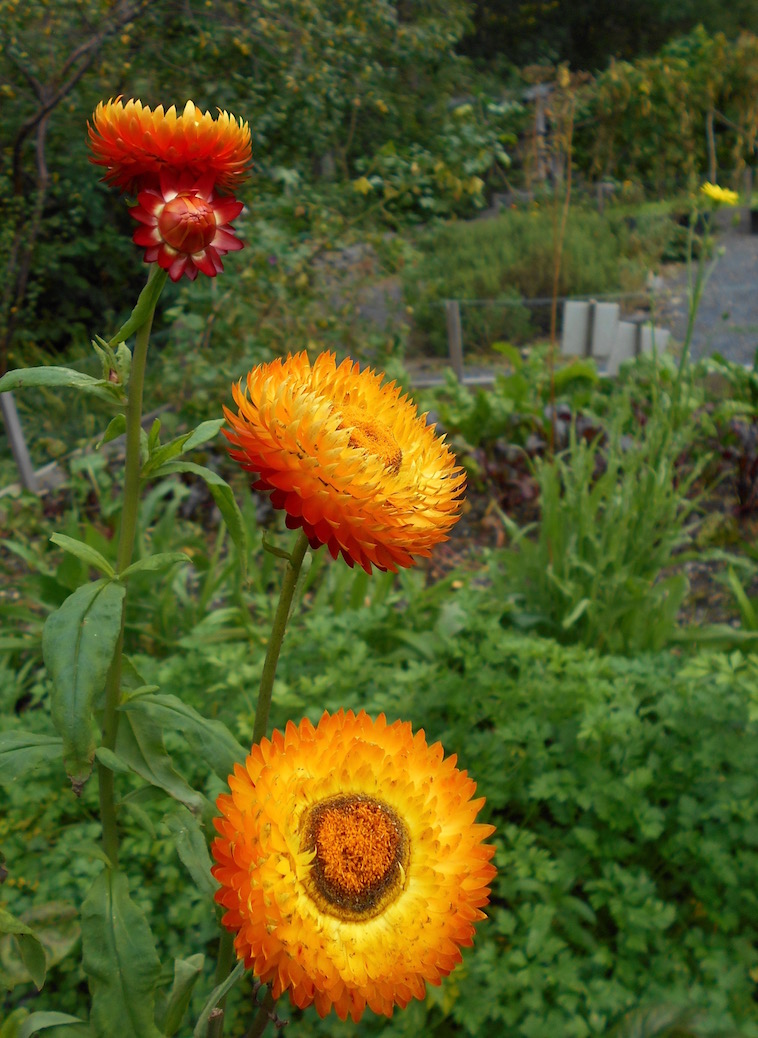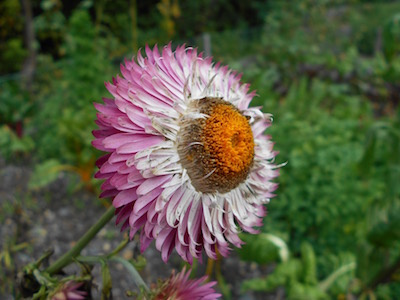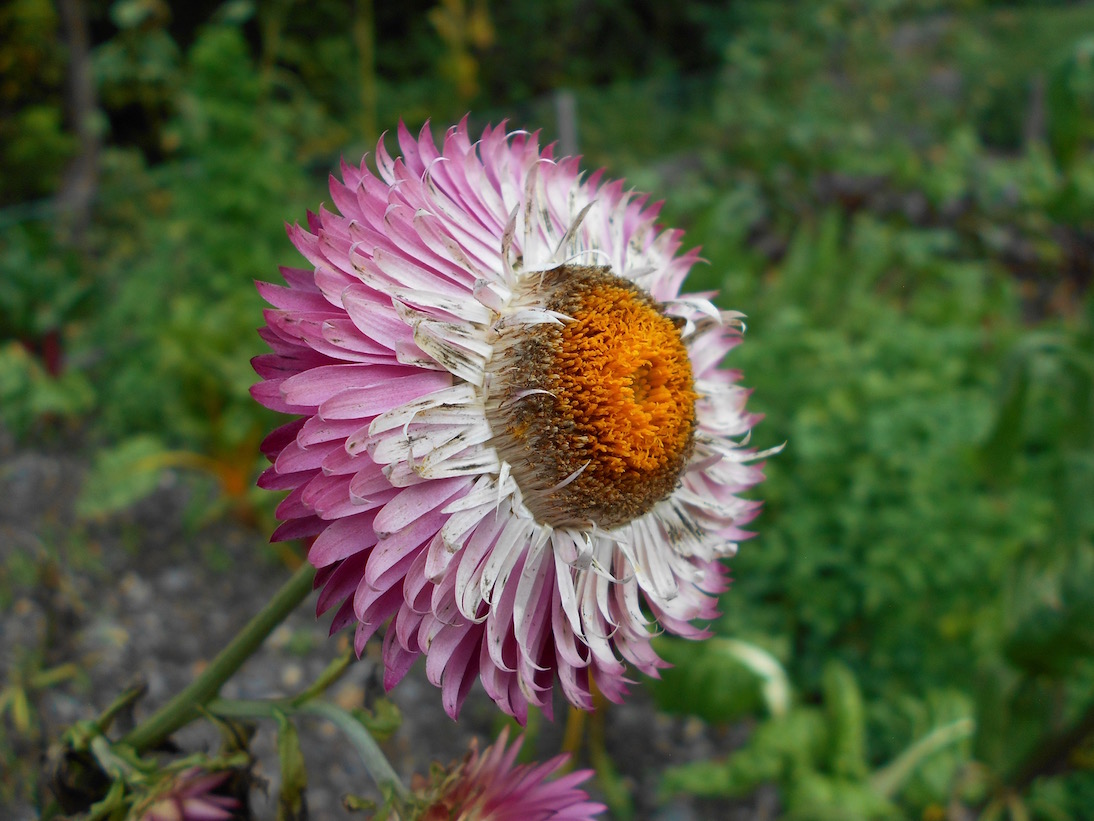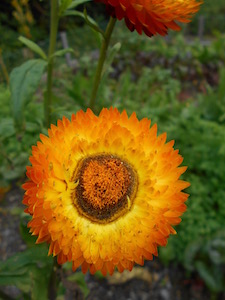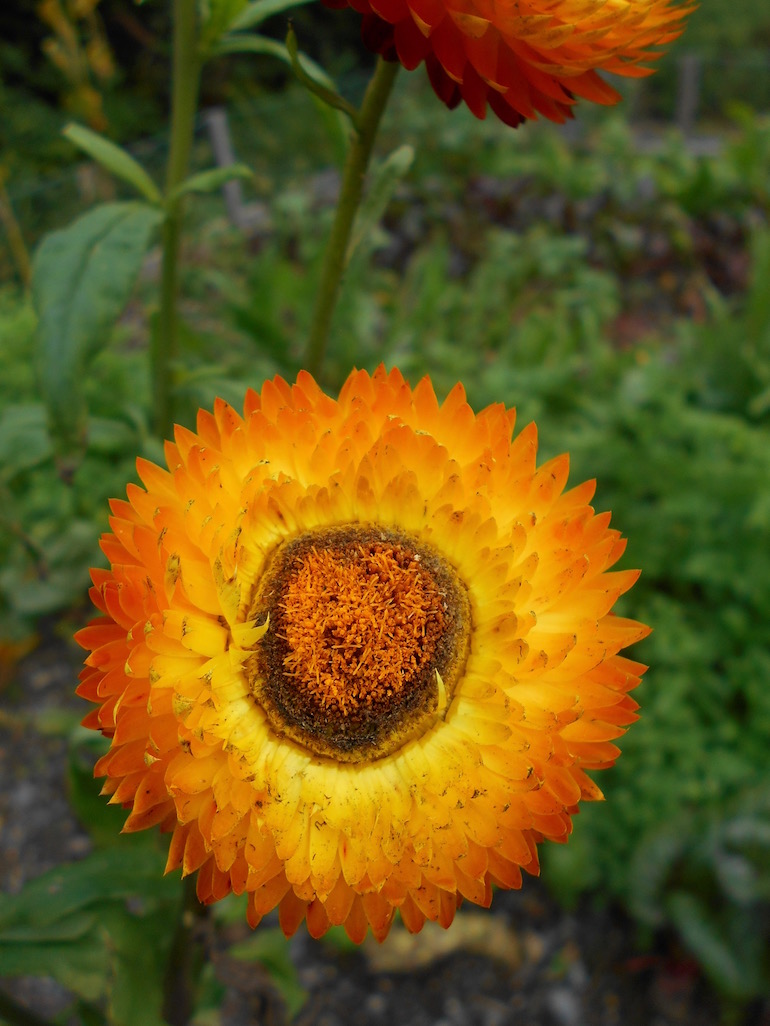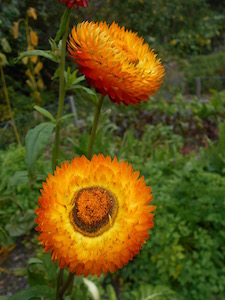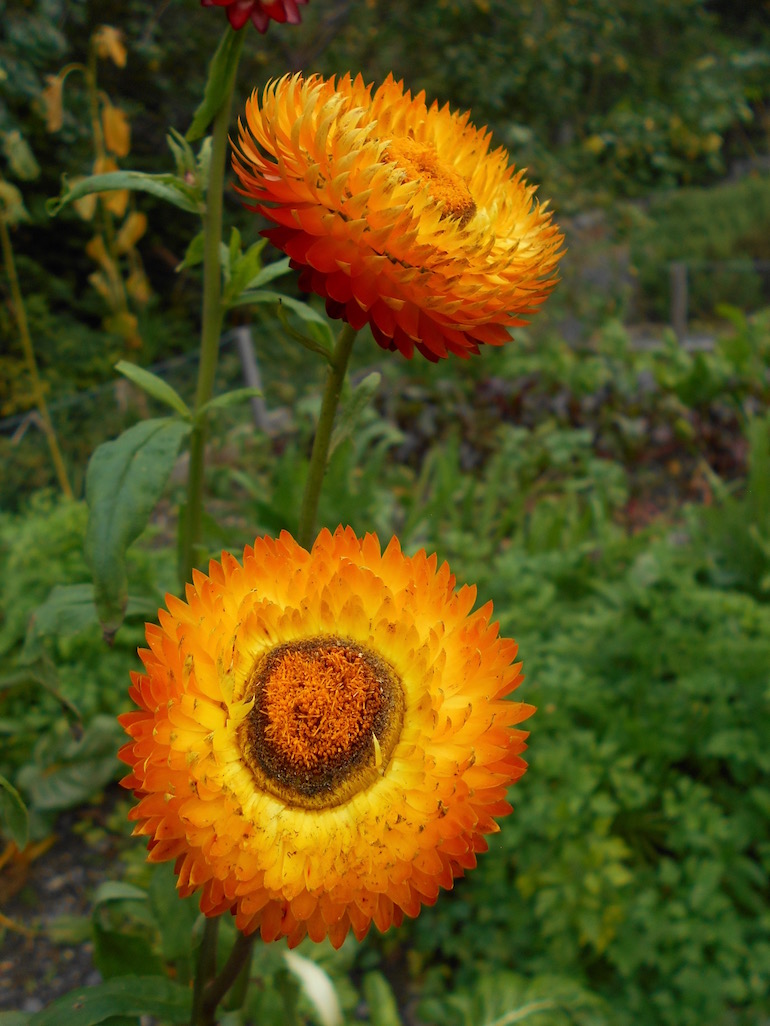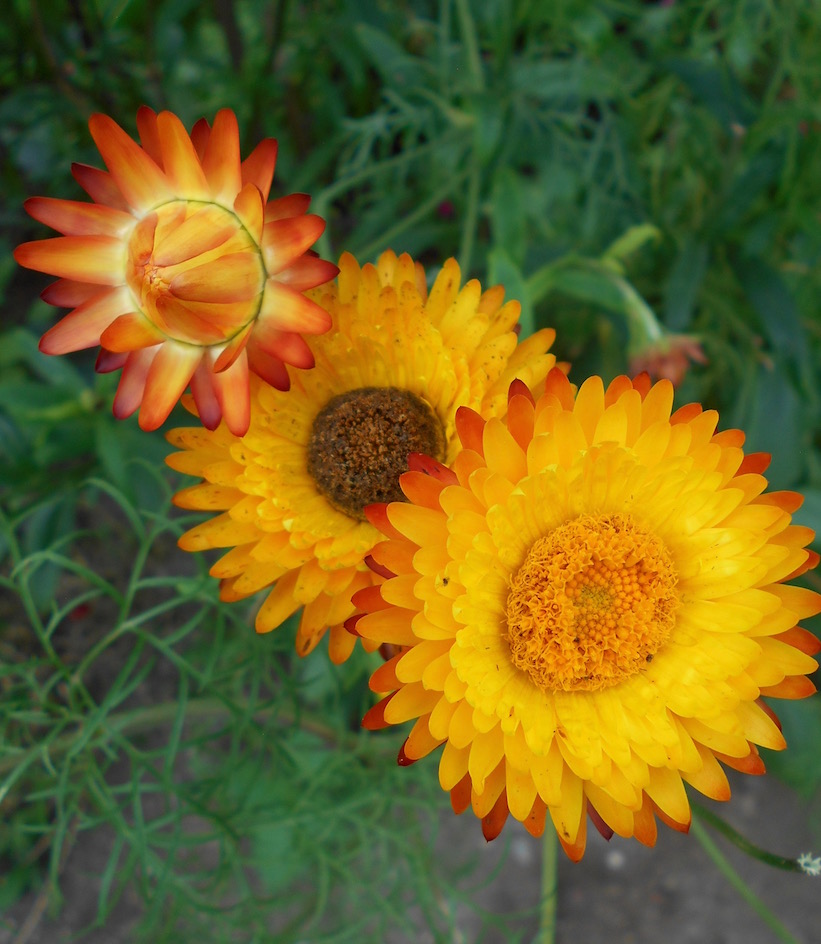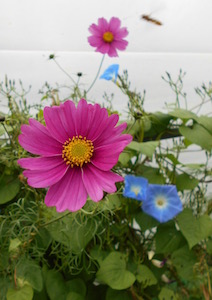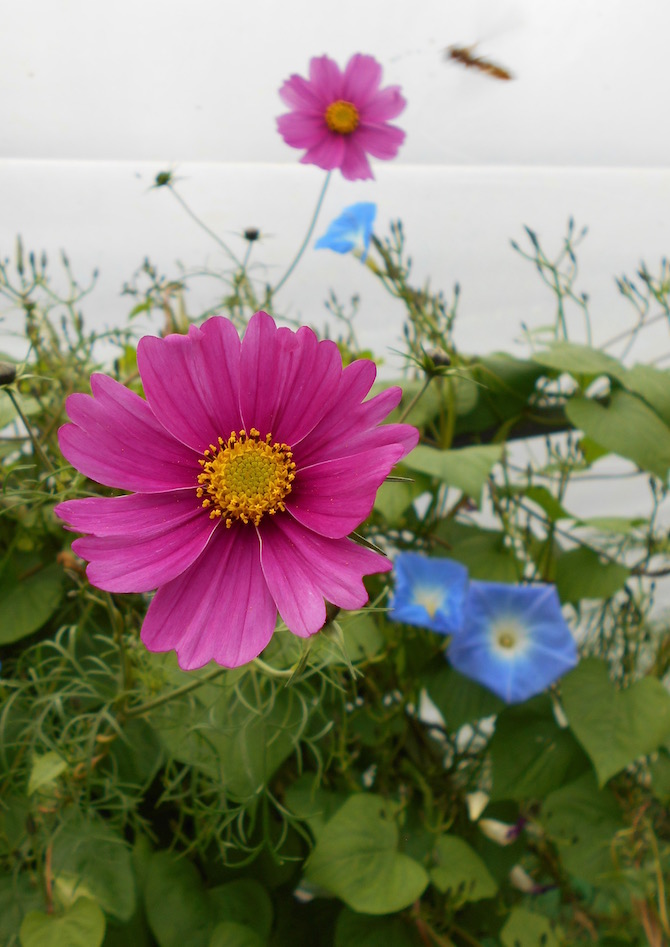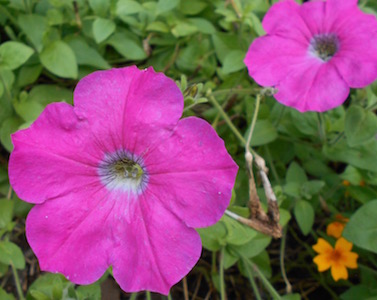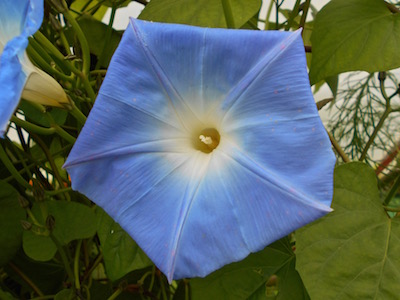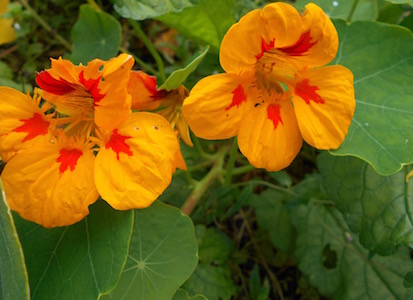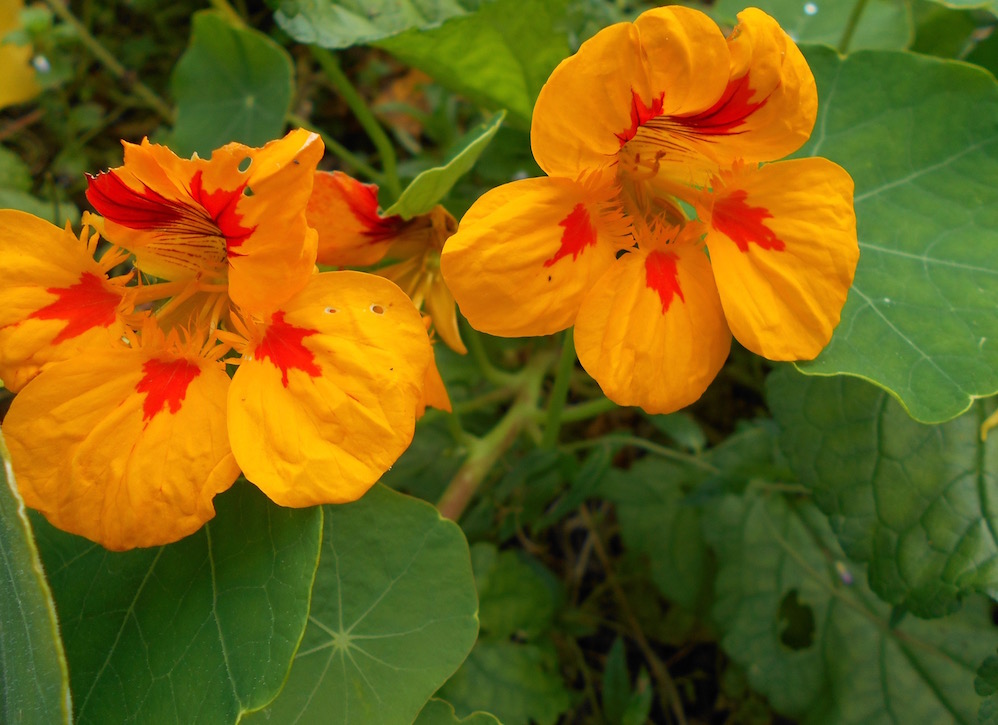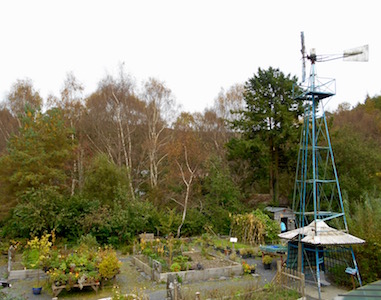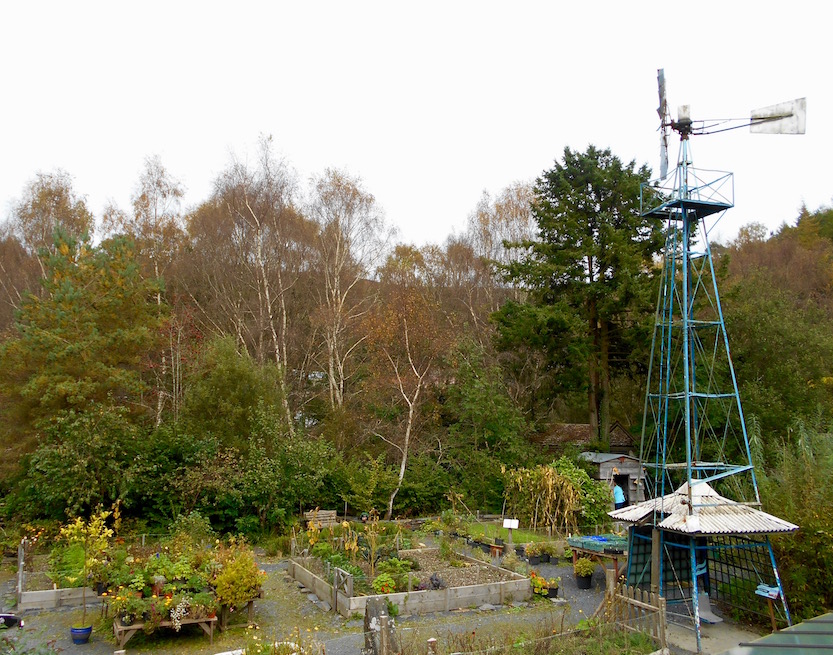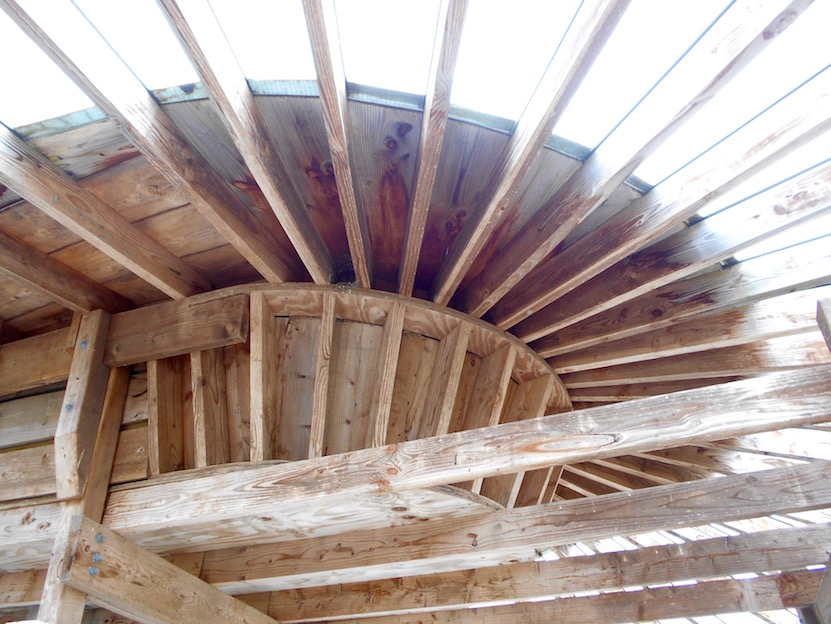October 14, 2016
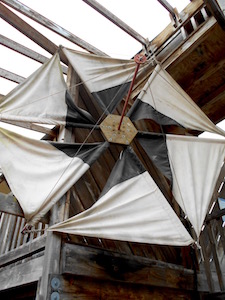
I may be one of very few Americans who went to Europe’s foremost eco-community and felt like it reminded them of home. But then I grew up in a timber framed glass-fronted house built into a hillside with wood stove heating that my father built himself (I was the 6 year old foreman of course). So that probably explains it.
The Center for Alternative Technology (CAT) was founded in 1974 during the oil crisis, as a place centered creating and moving forward environmentally friendly technologies. When we arrived we were some of the only outside visitors for the day, though there was a conference of ‘returnees’ happening. In any case we got an extended description of the Center from the nice gentleman in the ticket booth who joked about our ‘Aussie’ accents. I’m sure we’ll be hearing that one again.
Basically, the Center initially focused on environmentally friendly energy creation - like solar, water, or wind power. The first attempt at a windmill (admittedly, we were told, not super efficient) are still on display.
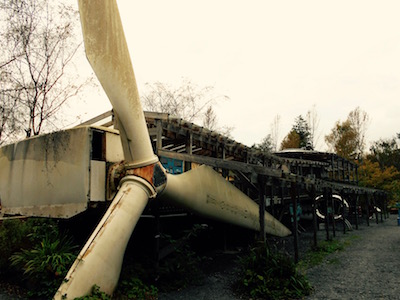
Over time, however, much of the focus became energy-saving techniques that would be more suited to urban living - in apartments where you’re not going to be able to build your own windmill, for example. While many of the ideas may seem commonplace by now, I at least am old enough to remember energy-efficiency and recycling being seen as fairly radical ideas. Possibly living in the glass energy-efficient house had something to do with my noticing this as a child.
In any case, the main idea that was instilled in us before entering is that innovation can only come from learning from your mistakes. Apparently that’s something of a credo in a community where a lot of good ideas end up not being sustainable, and some good ideas end in ways you never expected.
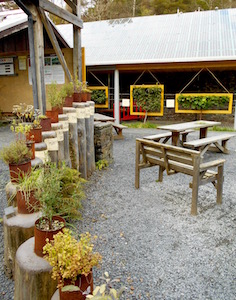
Eco-friendly houses, and buildings, and flowers, and more flowers
Unfortunately the small water-counterweighted funicular wasn’t running that day, so we took the slightly challenging walk up to the premises. We watched the short film about the community’s beginnings and advances through the years, and stepped out to see several sample buildings. These included cutaway walls, in some cases using materials like hay bales as the core.
Now, I’ve heard of that before - but in places like New Mexico. In other words, places that are dry. But apparently it’s possible to use compressed hay as a cheap and eco friendly building block even in wet, rainy climates like Wales. Though I’m not entirely sure how they deal with the moisture, apparently there is a way.
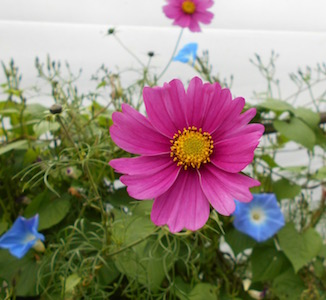
There’s one house that boasts several feet of insulation - the heat loss ends up being miniscule. But then, because the house is so well insulated - it turns out they now have to combat a damp problem. Which they are, of course, working on.
Now, I know this place probably isn’t for everybody. But for me, I have to say that I truly adore a place that has a garden made of herbs on frames to look like an art gallery, an entire room devoted to pellet stoves and other efficient heating mechanisms, an underground display area that is pitch dark that you will eventually find a giant painted mole in, provides community classes and even architectural degree programs, and has working water, solar, wind, and even compost displays that you can play with.
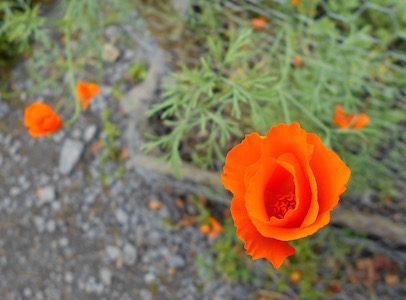
Ok, a lot of those are probably for children, but I really don’t care - there’s a reason I loved having sleepovers in the Boston Science Museum as a child, and wish they had such things for adults. Maybe with whiskey.
But my favorite part, even with all the neat buttons to push and things to play with - were the gardens. We may have been visiting in October, but the community devotes a lot of its effort to growing its own produce, and the gardens they have set up are quite lovely. There were gourds the size of my head, tomatoes, and flowers everywhere (I don’t know how it happened, but my flower pictures all seem to have come out amazing. If you can believe it, I didn’t retouch them at all. Must have been something in the air). They had a pleasant pond with a comfortable wooding viewing platform to relax in.
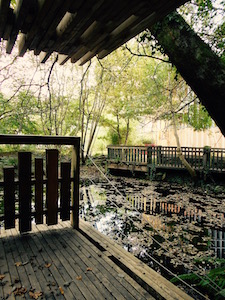
As directed by the man who sold us tickets, we even found the hybrid cucumber-apples and picked one for ourselves. I at least thought it tasted interesting.
Slate quarries and walking trails
Many of the displays on the Center’s history describe the site before the Center came there as a massive, defunct, and crumbling slate quarry. The slate quarries were the lifeblood of Wales for a long time, but they certainly left scars in the hillside. Apparently trying to do something with such a broken down place didn’t hurt for getting planning permission.

Not only has CAT done eco-efficient work more broadly - they’ve also worked to clean up much of the area around the Center, including in recently creating and maintaining some walking trails. The short trail that we followed took you to where you could see more evidence of the quarry than at the Center itself. Part of the walk takes you to where the hillside is gouged out - and part of it is effectively a discarded slate pile, now well covered in vegetation. Apparently only about 10% of mined slate was actually suitable for use - so there was a tremendous amount of waste left when the mines closed.
We spent several hours meandering through the grounds, ate at the cafe, walked the trails, and checked out the area where you can go for building and other advice (because you never know when you might need it). It was really amazing to see what, with a lot of hard work, a small group of like-minded people could make from what had effectively been a giant post-mining wasteland. Almost gives you hope.

